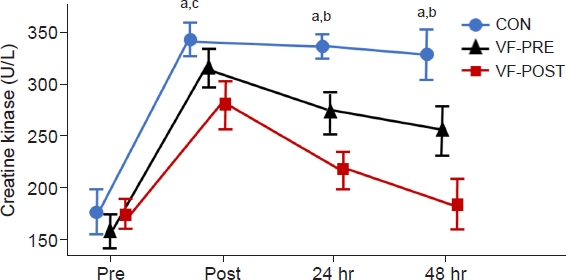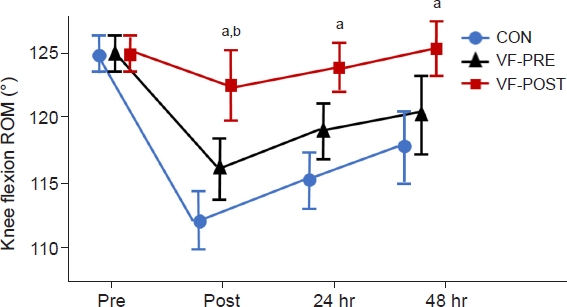| Korean J Health Promot > Volume 24(3); 2024 > Article |
|
ABSTRACT
Background
Methods
Results
AUTHOR CONTRIBUTIONS
Dr. Sungjin YOON had full access to all of the data in the study and takes responsibility for the integrity of the data and the accuracy of the data analysis. All authors reviewed this manuscript and agreed to individual contributions.
Conceptualization: DYE and DK. Data curation: DYE and EK. Formal analysis: SY. Methodology: DYE and YB. WritingŌĆōoriginal draft: DYE WritingŌĆōreview & editing: EK and SY.
Fig.┬Ā1.

Fig.┬Ā2.

Fig.┬Ā3.

Fig.┬Ā4.

REFERENCES
-
METRICS

-
- 0 Crossref
- 0 Scopus
- 1,957 View
- 17 Download
- ORCID iDs
-
Dahyeon YE

https://orcid.org/0009-0008-0757-6949Dohyun KIM

https://orcid.org/0009-0008-6366-7394Eunsook KIM

https://orcid.org/0000-0003-1707-5132Younghyun BYUN

https://orcid.org/0009-0001-0808-7652Sungjin YOON

https://orcid.org/0000-0003-3859-8637 - Related articles



 PDF Links
PDF Links PubReader
PubReader ePub Link
ePub Link Full text via DOI
Full text via DOI Download Citation
Download Citation Print
Print


